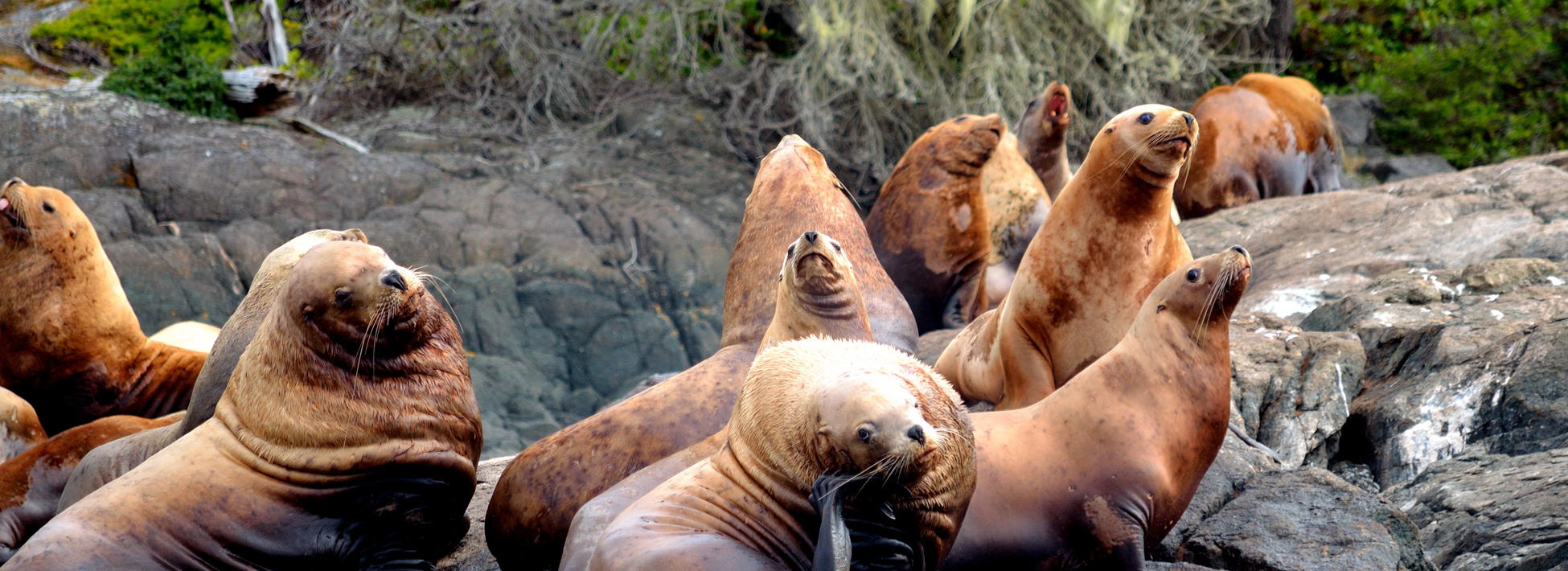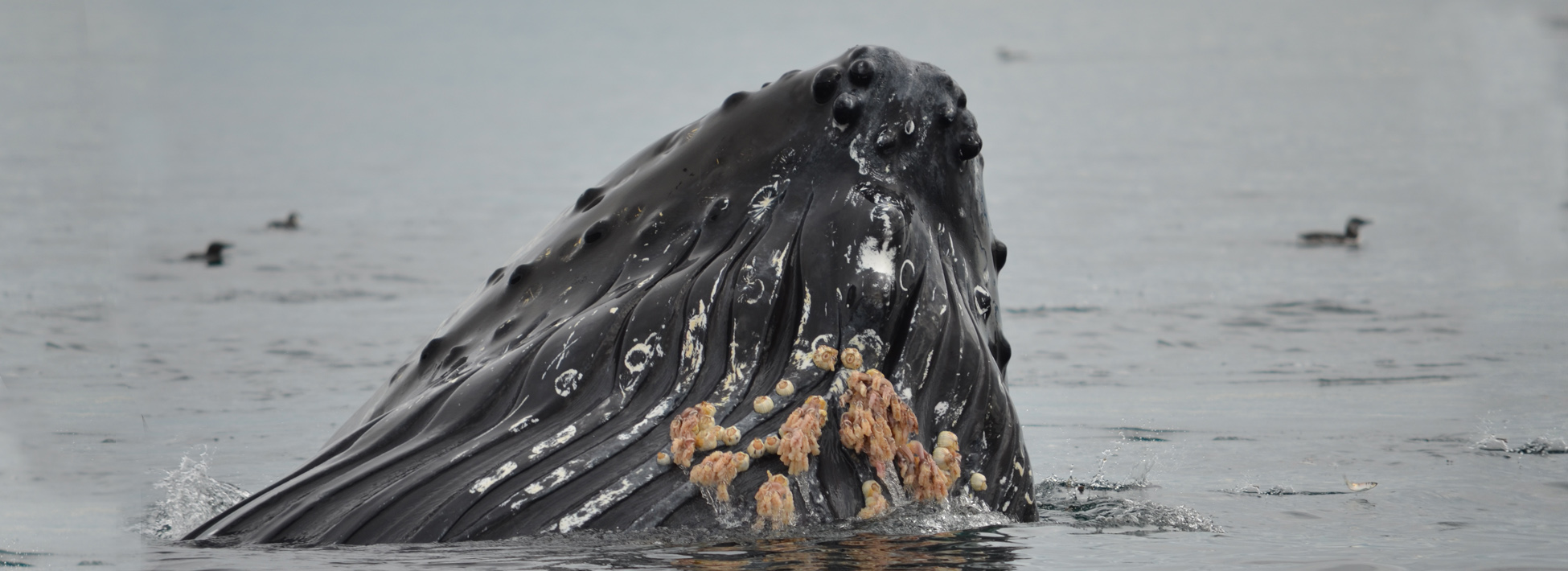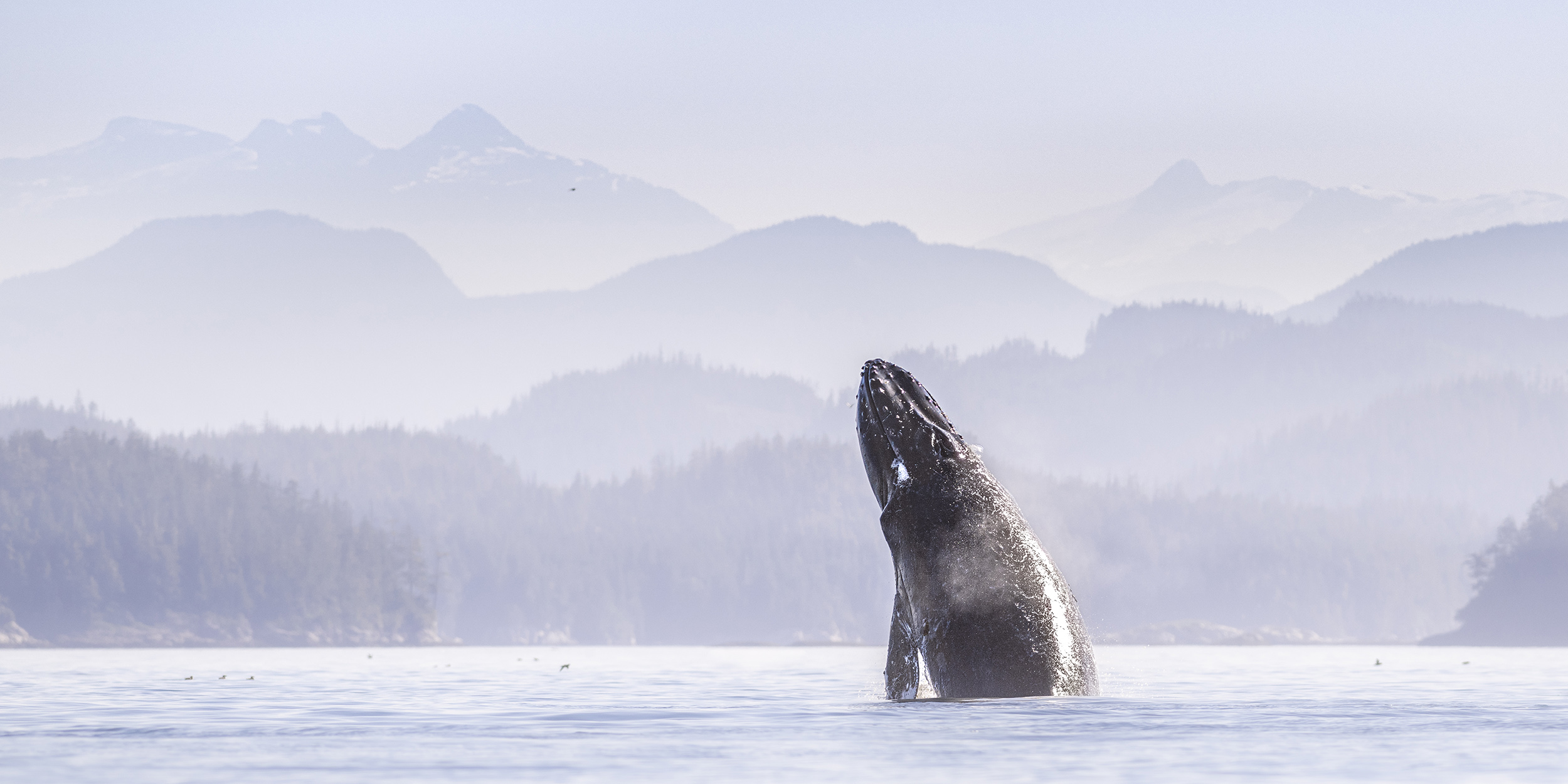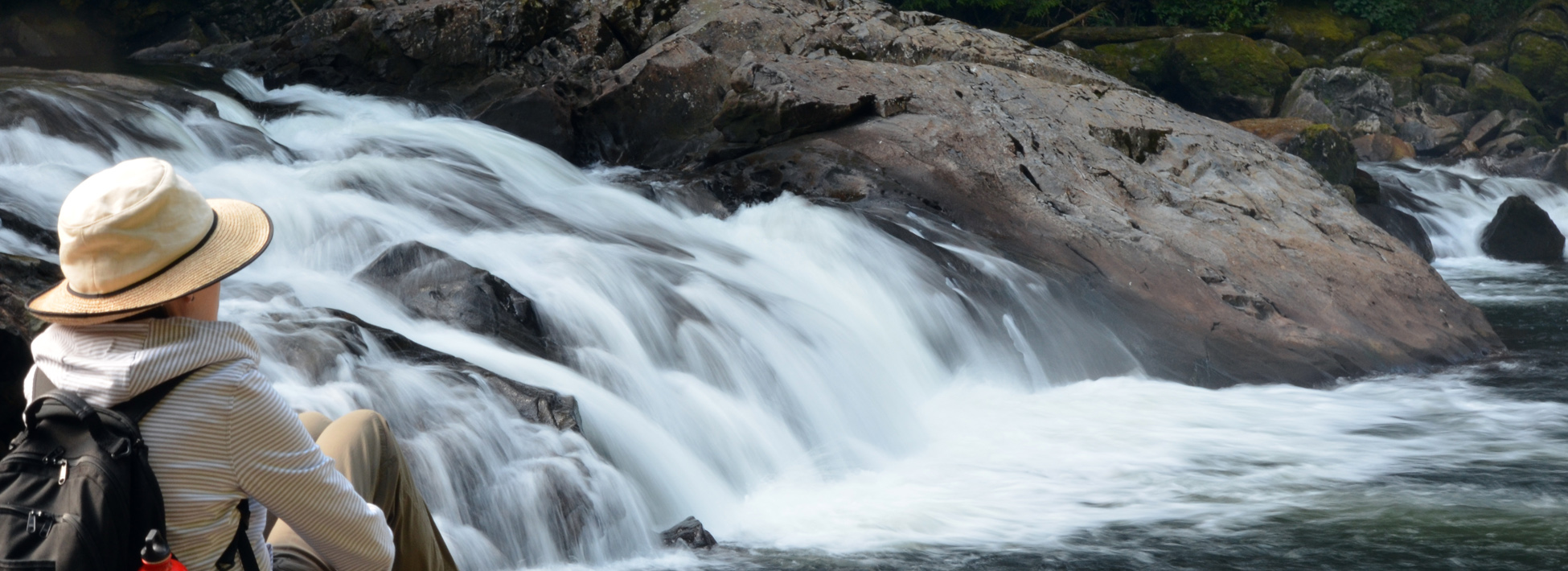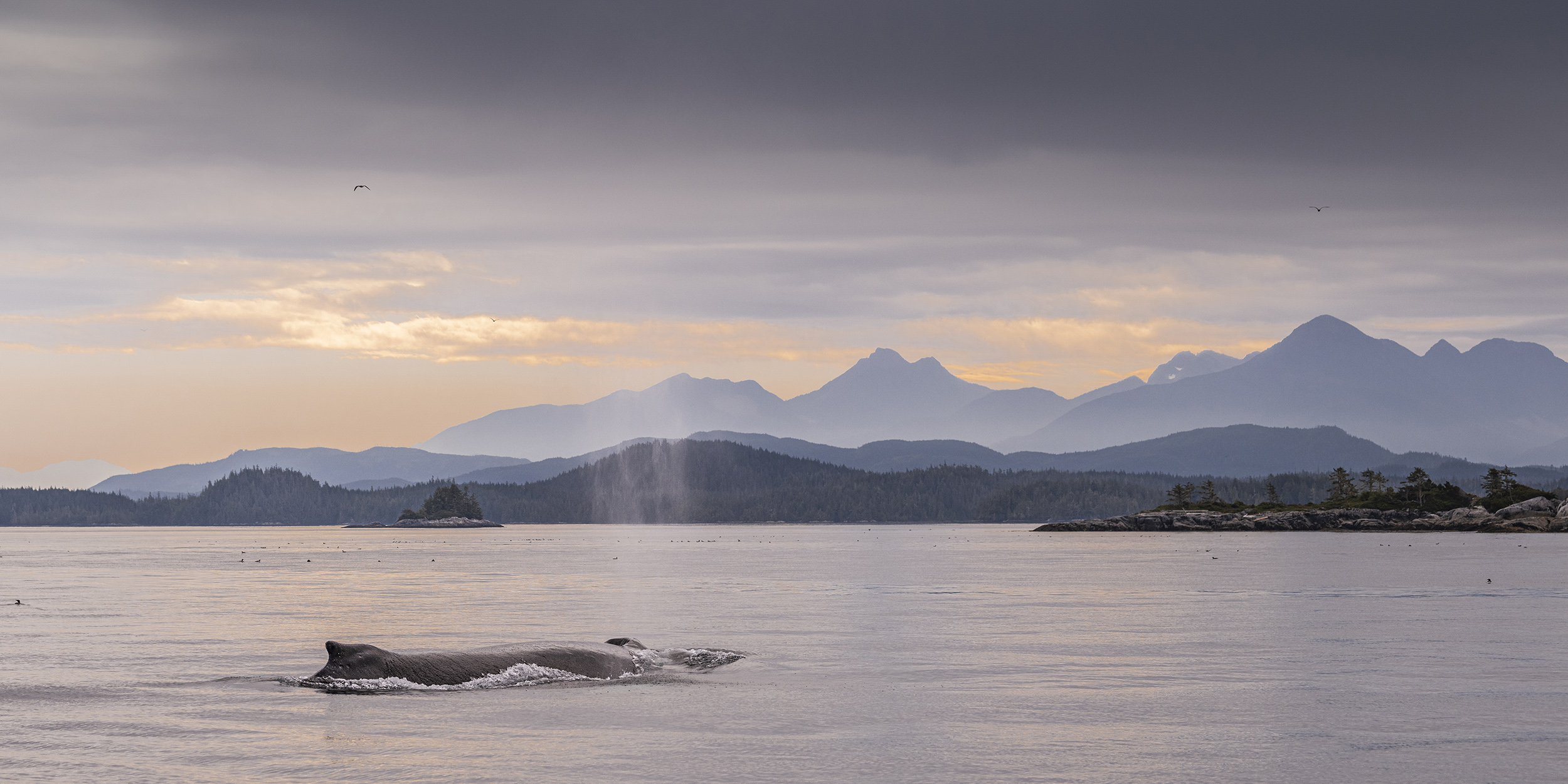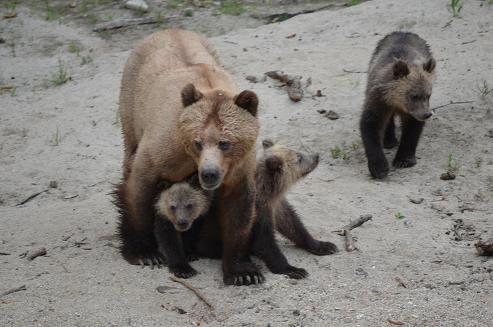
We watched this grizzly bear with her triplets most of the summer and she always had the same problem: two obedient cubs and one less obedient. The one cub and also the larger of the three was always lagging behind on the shore and along the river. When other grizzly bears approached it was always the last to respond to it’s mothers warnings but it did survive the summer and we hope to see it next year. Of the three it probably has the best chance because it was fatter.
